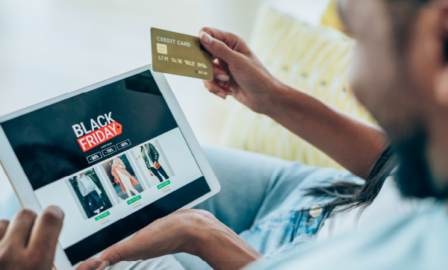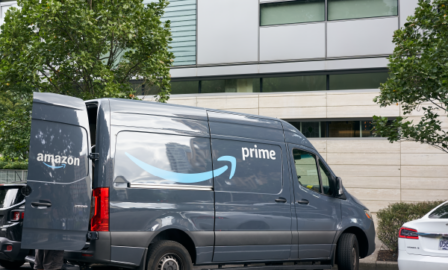Perfecting Your Approach to Selling on Amazon
It’s no secret that retailers can’t ignore Amazon when selling products online. In fact, Amazon was responsible for 37.7% of all US eCommerce sales in 2019– begging the question: How do retailers successfully and effectively engage with Amazon and its huge customer base? Organizations can structure their Amazon relationship in one of two ways, treating Amazon either as a customer or as a marketplace. True success comes not only from successfully selling your products on Amazon, but from how you choose to sell your products – which greatly impacts your profit margin. This is the most crucial aspect of selling on Amazon, as it has an incredible effect on your overall profitability.
Amazon Vendor Central
Selling via 1P or 1st party fulfillment is known as Amazon Vendor Central. With this model, merchants and organizations sell their product to Amazon, who then in turn sells the product to consumers. Here, Amazon is the true seller of record and is responsible for all price-setting, forecasting, and the overall customer experience. This is a great option for companies who are new to selling online, as it offers the most ease and least complexity of all the models.
Amazon Vendor Central is an invite-only model, with Amazon typically reaching out to brands they’re interested in to invite them to the AVC portal. Selling via AVC allows your products to automatically receive Prime eligibility and all the benefits that come with it. Prime products are known for their free shipping and speedy delivery (typically delivered to the end-consumer in 1-2 days) – eliminating the leading cause of shopping cart abandonment. Additionally, there are over 100 million Amazon prime members in the US, who tend to spend more than twice as much than non-prime members ($1,400 vs $600 annually). This leads to a substantial lift in sales for products designated with the Prime badge.
Another advantage of selling via 1P to Amazon is the Buy Box. The Buy Box is the white box on the right of product display pages – where customers either add the item to their cart or are able to “Buy Now”. Amazon determines what seller is listed in the Buy Box and what seller(s) are listed in a “See Other Sellers on Amazon” or “See All Options” link that consumers have to click on. Naturally, as a merchant, you want to win the Buy Box to avoid needing consumers to go through additional clicks to find your product. In fact, 82% of all Amazon sales come from the Buy Box.
Winning the Buy Box is a culmination of various factors, such as shipping time, stock availability and competitiveness of product price – but ultimately the method of selling/fulfillment is the largest indicator of who will win the Buy Box for a given product. AVC products are given top priority, then FBA, with products fulfilled by merchants being the least likely to meet all
of Amazon’s undisclosed metrics needed to win the Buy Box.
Subscribe to Clarkston's Insights
Contributions by Megan Angevine and Spencer Anderson.



